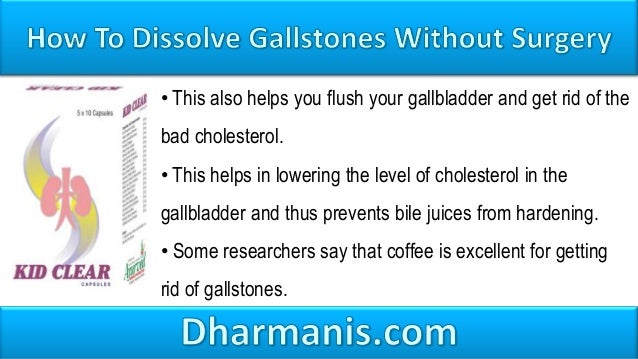Image source: http://www.legends-nutrition.co.uk/_images/_images/xl/684-tested_liver_protect.jpg
Chronic liver disease is a chronic disease of the liver involving a process of progressive destruction and regeneration of the liver parenchyma leading to cirrhosis and sometimes fibrosis.This is also called hepatic disease and very much co-related to with hepatitis,one of the deadly disease.Chronic Liver Disease is the topic of Biology in order to learn more you should get Biology Home Tutors India. Liver is main responsible for anabolic & catabolic functions within the body and the loss or imbalance of functions can cause significant damage to the body.Chronic liver disease can cause by any reason resulting gradual degradation and renewal of the tissue cells of a liver. Finally resulting the fibrosis,then cirrhosis and totally damage of liver.The classification of the sources of chronic liver diseases are having five groups-
i) Viral causes ,
ii) Metabolic causes ,
iii) Autoimmune causes
iv) Toxins & other causes - Followings are the Risk group
i) Prone to alcohol abuse.
ii) Who suffering from malnutrition
iii) Drug Abuses.
iv) Smoking & Tobacco etc.
Symptoms - Nausea, Vomiting, Weight Loss, Anorexia, Insomnia, Gastric Problems . Signs Haemochromatosis portal hypertension hypoalbuminaemia
Drug Therapy
Drug Generic Name
Tab-Pan-40 Pantoprazol-40mg.
Tab-Duolin Ipratropium & Albuterol
Tab-Duphalac lactulose
Cap-Polybion Vitamin B-complex
Inj-Serenace Haloperidol
Proposed Hospital Diet
1st 3rd days: Nothing per meal.4th 6 th days:Clear Liquid Diet
7TH days onwards: Low protein/Low fat/Soft/Bland but Non-veg as Indian food pattern.Prevent progressive damage to liverPrevent malnutrition.Decrease steatorrhoea Other Liver & GI disturbances. Suggestive Discharge Diet.
Energy : 1750kcal,Protien: 60gm,Carbohydrate:330gm.Fat : 25gm.
SUGGESTIVE SAMPLE MENU
Low protien/Low fat/Soft,Bland,India Non-veg
6a.m- Early Morning - Liquor Tea-1 cup & 1pc (Cream Cracker) Biscuit
8a.m Breakfast - Boiled Rice flakes -40gm./2pcs slice Bread with suji -50gm, 100 gm ripe papaya & milk-100ml.
10a.m- RESOURCE HEPATIC 4 Scoops in 100 ml water.
12noon- Soft Rice 65gm with dal 10gms & soft veg curry -175gm (gourd family-bottle gourd/snake gourd/Ridge gourd)
& Fish jhol (Rohu without skin) 50gm -1pc./ 50 gm curd
3pm- Orange - 1pc.
4.30pm- Liquor Tea & Marie Biscuit -1 pc
8.30pm- Soft Rice 65 gm. with dal -10gm with veg curry 150gm & Fish Jhol(Rohu 1-pc) -50gm without skin.
Pl note: Cooking oil should be used max 40gm & preferably branded packed sunflower oil, You should look for Home Tuitions India.
FOODS TO BE INCLUDED:
Bread,soft rice, refined cereals mainly suji.
Double Tonned milk & its products like paneer,Curd.
Rohu Fish(w/o skin),Lean meat,Egg white.
All types of soups,must be clean & good quality.
FOODS TO BE STOPPED/AVOIDED:
>Alcohol & alcoholic products & beverages.
>Fried Foods,Fries,Cakes,Pastries & related products.
> Butter,Ghee,bacons,Margarine & releted products.
>All rich & open spices,Pickles,papad,Chutney & releted products.
> Tobacco & releted products smoking
>All Nuts
> Red meat.
Some useful informations
Use garlic and herbs instead of salt. Salt or sodium increases fluid retention i.e swelling of the abdomen or legs with chronic liver disease. Use garlic, pepper and herbs for flavor. Garlic is a liver-healthy food containing sulphur compounds to naturally cleanse our liver.
Patient should Stop consuming high-fat meat. Chicken, turkey or cooked fish are healthier options for chronic liver diseases like cirrhosis than beef products. Consult your physician regarding your specific daily protein intake need.




